当前位置:网站首页>(1) Introduction Guide to R language - the first step of data analysis
(1) Introduction Guide to R language - the first step of data analysis
2022-07-06 12:20:00 【EricFrenzy】
notes : This blog aims to share personal learning experience , Please forgive me for any irregularities !
Catalog
R Language
Simply speaking ,R Language is a free open source 、 Powerful programming language for data analysis and visualization .R Please go to R Language website . Download the R After language , It is recommended to download, install and use RStudio This development environment .
When the download is complete , open RStudio, You will see the interface shown in the figure below :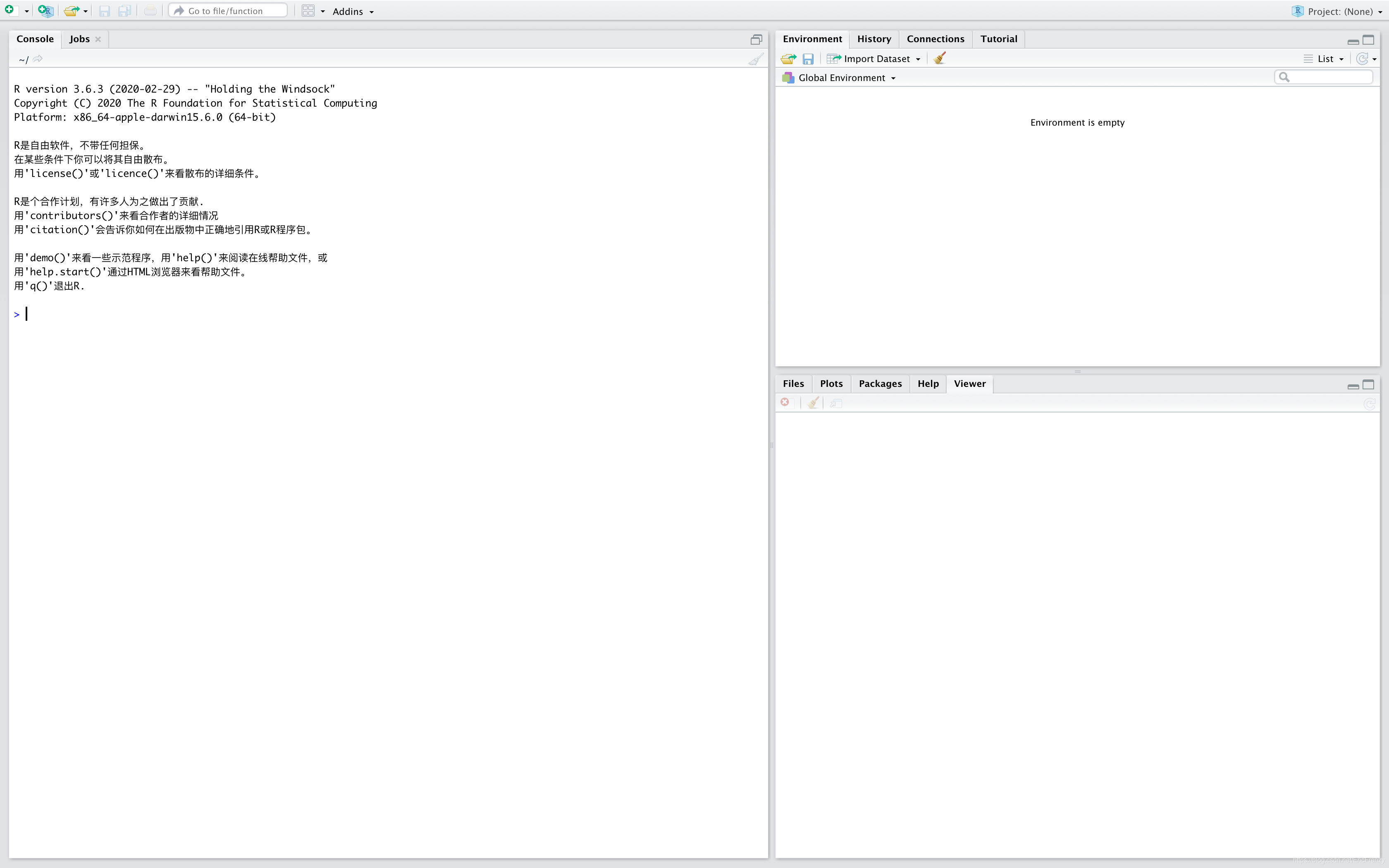
On the left is Console, You can directly enter the order . If you want to create files and write code , Click the pull-down menu in the top left corner to select . It's commonly used R Script file .
Next, the operation of bloggers can be all in Console in .
Numeric and logical operators
use R It's easy to calculate , Just in Console Type the order in and then enter .
Common numerical operators are shown in the following table :
| Symbol | meaning | give an example |
|---|---|---|
| + | Addition operation | 5+3 Output is 8 |
| - | Subtraction | 7-4 Output is 3 |
| * | Multiplication | 2*5 Output is 10 |
| / | Starting operation | 10/4 Output is 2.5 |
| ^ | Index of operation | 2^5 Output is 32 |
| %% | model / Take over operations | 5%%2 Output is 1 |
| %/% | Division operation | 11%/%3 Output is 3 |
The logical operators commonly used in the following tables :
| Symbol | meaning | explain | give an example |
|---|---|---|---|
| == | be equal to | If the symbols are equal twice , Return to true | 4==3 Output is F |
| >= | Greater than or equal to | If the front of the symbol is greater than or equal to the back of the symbol , Return to true | 4>=3 Output is T |
| <= | Less than or equal to | If the front of the symbol is less than or equal to the back of the symbol , Return to true | 4<=3 Output is F |
| != | It's not equal to | If the symbols are not equal twice , Return to true | 4!=3 Output is T |
| > | Greater than | If the front of the symbol is greater than the back of the symbol , Return to true | 4>3 Output is T |
| < | Less than | If the front of the symbol is less than the back of the symbol , Return to true | 4<3 Output is F |
| && | Logic and | If the symbol is true before and after , Return to true | (4==4)&&(3==2) Output is F |
| || | Logic or | If at least one before or after the symbol is true , Return to true | (4>3)||(4>6) Output is T |
Variable type and assignment
R Language variables are generally created without declaring types . In Computational Biology , The following five types of data are the most common :
| type | explain | give an example |
|---|---|---|
| character | character string | “abc” |
| numeric | Floating point numbers Inf Express R The upper limit of NaN Representational image 0/0 Undefined value of | 1.02 |
| integer | integer When assigning values, add L, No, the default is numeric | 15L |
| complex | The plural | 1+2i |
| logical | Logical value or Boolean value Case sensitive | T or TRUE F or FALSE |
The following commands are used to create variables and assign values to variables / Update value :
x <- 4
x <- x + 1
After this order is executed , stay Console hit x enter , Will return the current variable x Value (5). stay RStudio On the right side of the Environment I will go out x And its value (5). If you want to know all variables , Please be there. Console Use the following command :
rm(list= ls())
Complex data structure , Such as vector and data.frame, It will be explained in the subsequent use .
Logical decision and cycle
R Linguistic if else、for、while Grammar and C The language is similar , See the following example for details :
#if(){}else{}
# If the condition in brackets is true , Then execute the code in curly brackets and end , Otherwise, skip the code in curly brackets
# Can be in a if Nested in another if, Used to make more complex condition judgments
# there print() Function can output the contents in parentheses
# Try at Console Li Da ?print() or ? Add any function you are not sure about and enter , Instructions will appear on the lower right
x <- 20
y <- 30
if(x<y && y-x>15){
print("Condition 1")
} else {
print("Condition 2")
}
# The output should be "Condition2"
#for(){}
# Determine the number of times the code in curly braces is repeatedly executed according to the range in brackets
# For example, the following code i in 1:5, You mean for i=1,2,3,4,5
# That is to say, the code will be executed five times
# Again , Can be in a for loop Nested in another for loop
for(i in 1:5){
print(i^2)
}
# The output should be 1 4 9 16 25
#while(){}
# Loop through the code in curly braces , Until the condition of parentheses is false
# it is to be noted that , The condition in brackets is always true, and many words will loop
x <- 1
while(x < 10){
print(x)
x <- x + 1
}
# The output should be 1 2 3 4 5 6 7 8 9
Conclusion
R That's all for language introduction . I'll explain it in detail next time vector、matrix、list These data structures , Coming soon ! If you have any questions or suggestions, please leave messages and comments !
边栏推荐
- PT OSC deadlock analysis
- Learning notes of JS variable scope and function
- 單片機藍牙無線燒錄
- Cannot change version of project facet Dynamic Web Module to 2.3.
- Arduino get random number
- JS function promotion and declaration promotion of VaR variable
- arduino获取随机数
- arduino获取数组的长度
- Intermediate use tutorial of postman [environment variables, test scripts, assertions, interface documents, etc.]
- 如何给Arduino项目添加音乐播放功能
猜你喜欢

Générateur d'identification distribué basé sur redis

Problèmes avec MySQL time, fuseau horaire, remplissage automatique 0
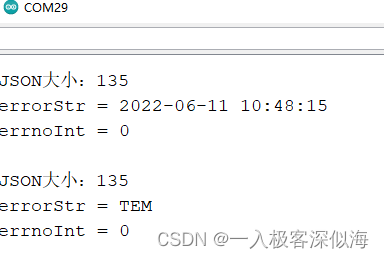
arduino JSON数据信息解析

记一次云服务器被密码爆破的经历——关小黑屋、改密码、改端口
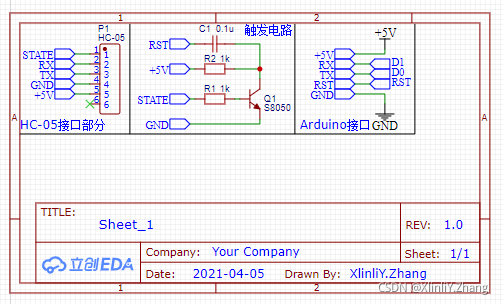
单片机蓝牙无线烧录

RT thread API reference manual
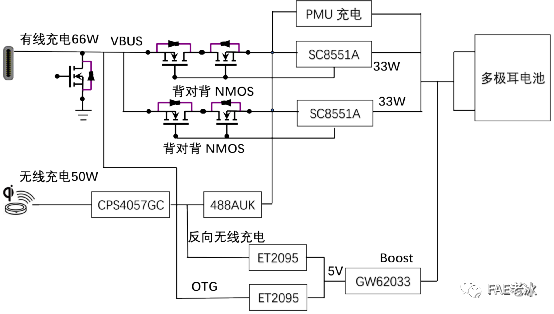
Analysis of charging architecture of glory magic 3pro
![Intermediate use tutorial of postman [environment variables, test scripts, assertions, interface documents, etc.]](/img/b0/176bf6dea2201afc892d6750c5974b.png)
Intermediate use tutorial of postman [environment variables, test scripts, assertions, interface documents, etc.]
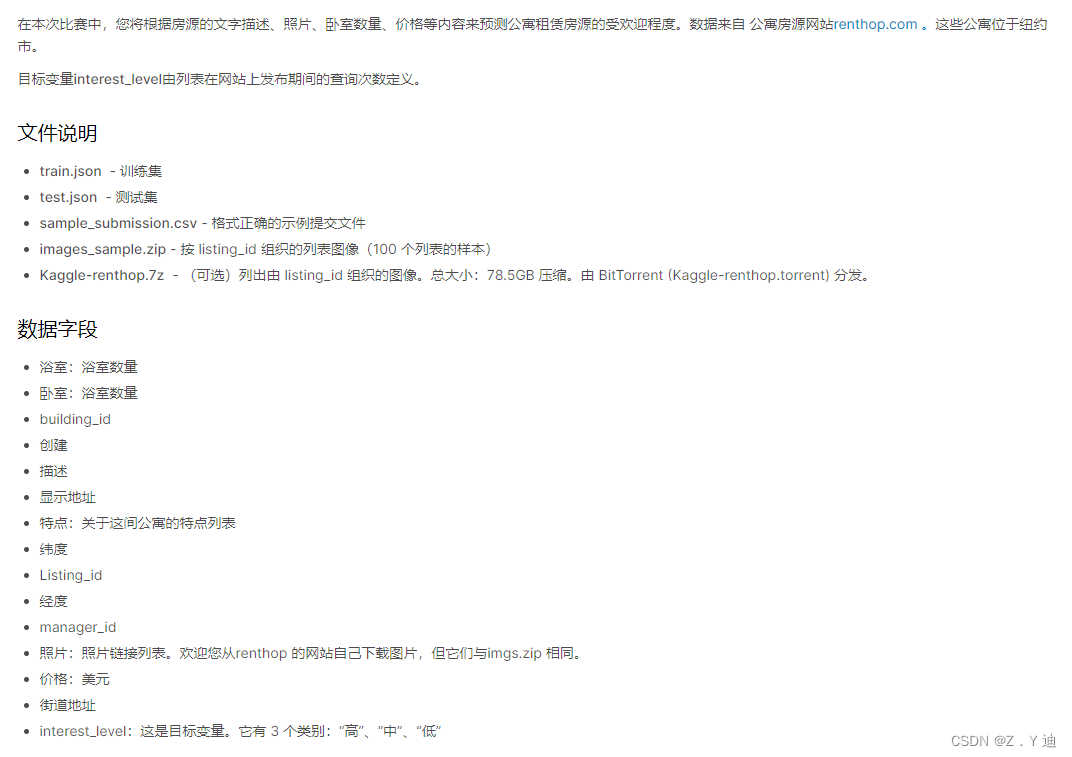
Kaggle competition two Sigma connect: rental listing inquiries

JS regular expression basic knowledge learning
随机推荐
JS變量類型以及常用類型轉換
VIM command line notes
Classification, understanding and application of common methods of JS array
C language, log print file name, function name, line number, date and time
Important methods of array and string
Custom view puzzle getcolor r.color The color obtained by colorprimary is incorrect
Bubble sort [C language]
Imgcat usage experience
ES6语法总结--上篇(基础篇)
1081 rational sum (20 points) points add up to total points
CUDA C programming authoritative guide Grossman Chapter 4 global memory
Feature of sklearn_ extraction. text. CountVectorizer / TfidVectorizer
Working principle of genius telephone watch Z3
A possible cause and solution of "stuck" main thread of RT thread
[Red Treasure Book Notes simplified version] Chapter 12 BOM
嵌入式启动流程
Redis based distributed locks and ultra detailed improvement ideas
arduino JSON数据信息解析
(五)R语言入门生物信息学——ORF和序列分析
Générateur d'identification distribué basé sur redis